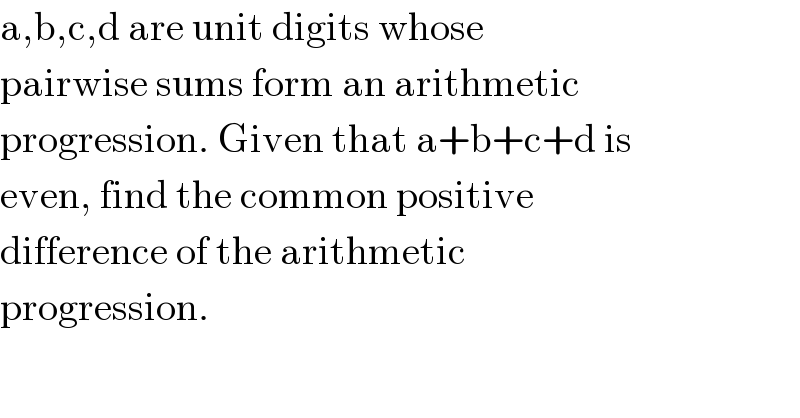Question Number 110715 by Aina Samuel Temidayo last updated on 30/Aug/20

Commented by Rasheed.Sindhi last updated on 30/Aug/20

Commented by Aina Samuel Temidayo last updated on 30/Aug/20

Answered by Rasheed.Sindhi last updated on 30/Aug/20

Commented by Aina Samuel Temidayo last updated on 30/Aug/20

Commented by Rasheed.Sindhi last updated on 30/Aug/20

Commented by Aina Samuel Temidayo last updated on 30/Aug/20

